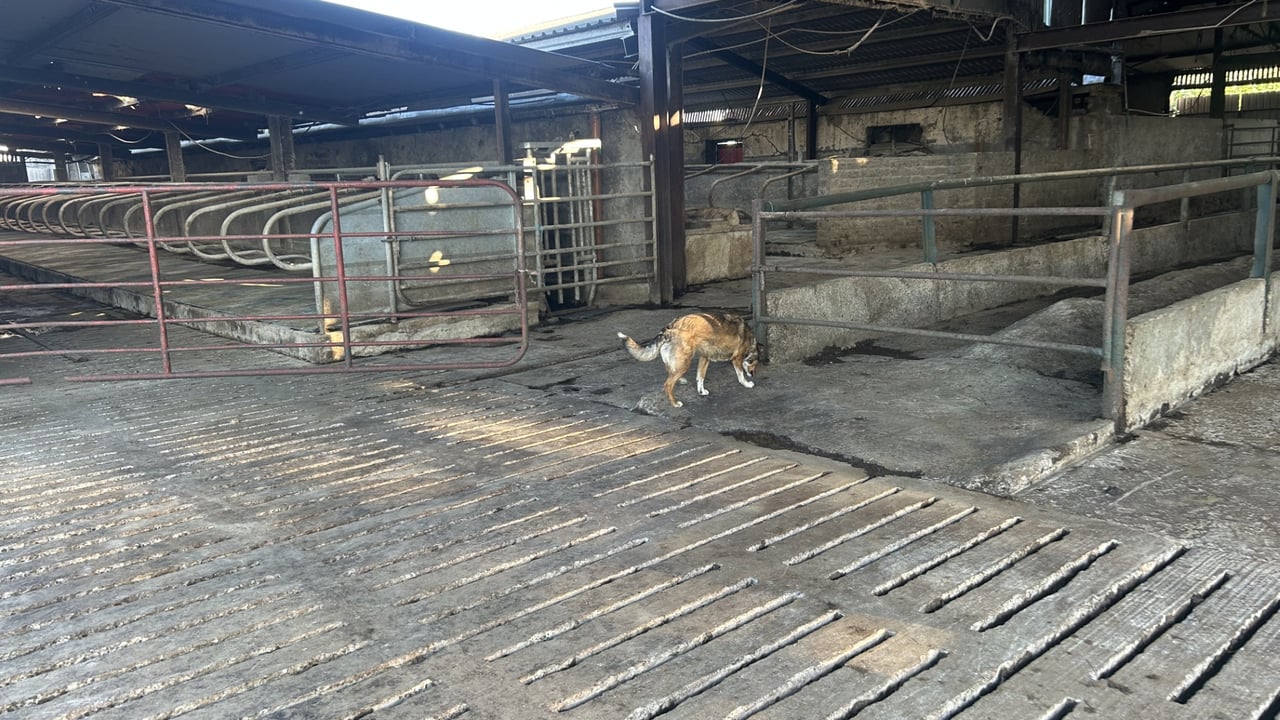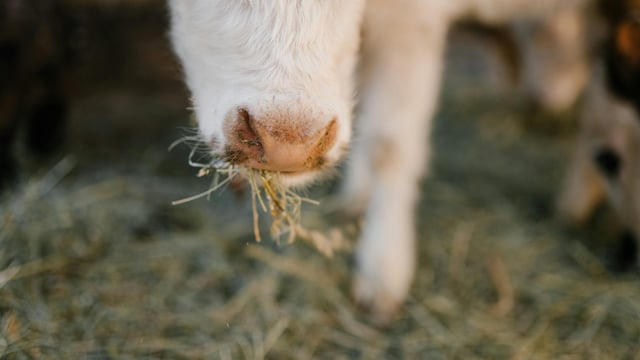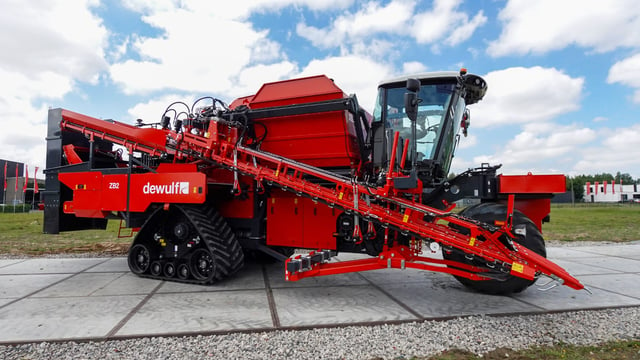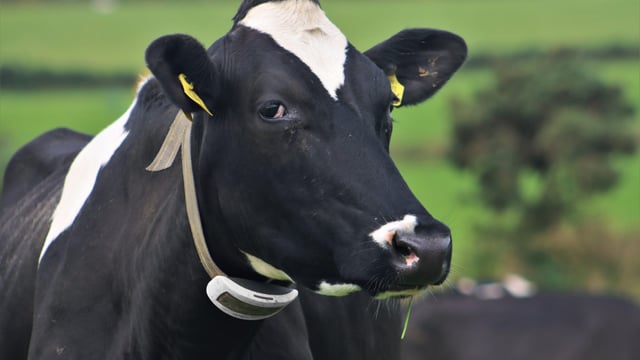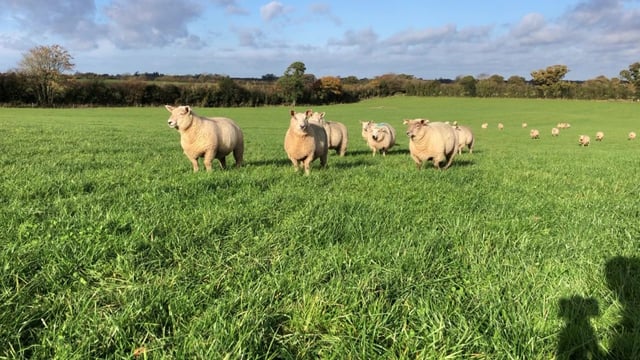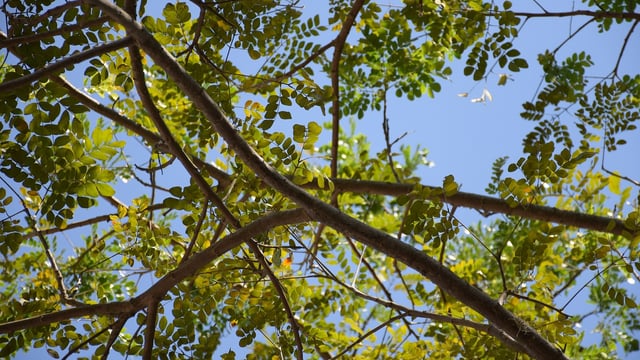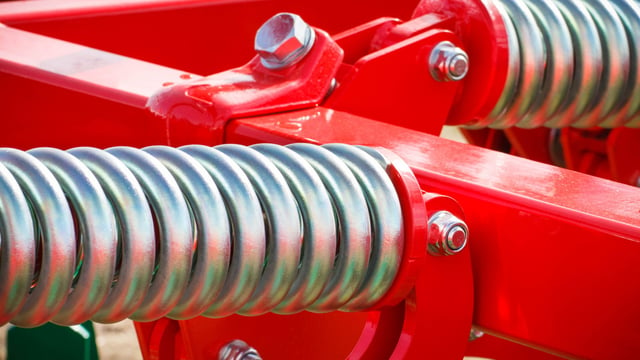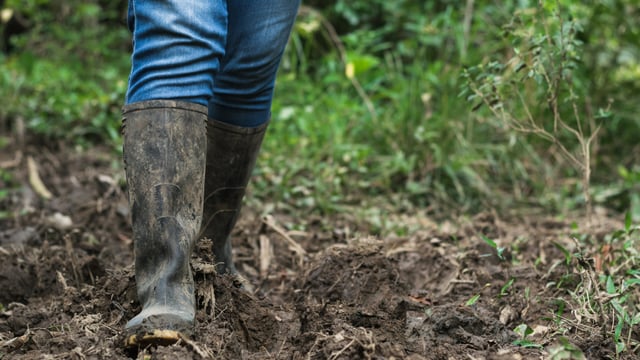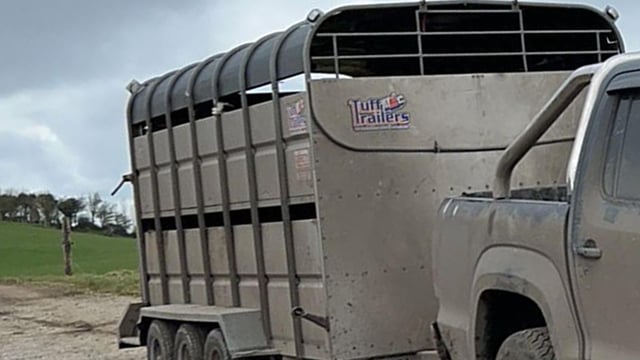Dairy advice: What needs to be planned now for the winter ahead?
It is a shame to be talking about winter at the start of July, but farmers should begin to consider straw and fodder, and make sure their sheds are right while analysing the pros and cons of the spring grazing turnout.
July is a good time to organise a bit of time away from the farm and with family, but farmers should also try and use this time to set themselves up for the winter.
On farms, there is always something to be done and the summer months often give a bit more time to get a few of the less-pressing jobs completed before a busy winter closes in.
It is no harm to start at these jobs and keep tipping away at them for a few weeks before the pressure comes on and they have to be done in a panic.
Winter ahead
We are now into July, which is an ideal time for cleaning out sheds and pens to get ready for housing, and in between silage cuts may give the opportunity to do so.
For autumn calving herds, this applies even more as it will not be long until cows are getting dried off and calving down, so calf pens and housing has to be right along.
Now is also the time for organising cow tubes and sealers and picking out cows for selective dry cow therapy.
You may think that the housing period is still a couple of months away yet, but this time of the year - when it is relatively quieter than usual - is a perfect opportunity to get on top of things.
The important thing is to not be under pressure trying to catch up on jobs while cows are needing to be housed and eventually calving down.
Cubicle sheds should be power-washed and any necessary repairs made, including the maintenance of mats, drinkers, or cubicles.
The last thing you want is to have to weld on something or repair a scraper or feed barrier when cows are ready for housing.
Straw, fodder and farm layout
Looking forward to the housing period for calves, farmers should think about where they will be getting their straw from and analyse whether they will have enough fodder.
Now, is a good time to make contact with any tillage farmers that will shortly have straw as the harvest is not too far away. By the time harvest begins, it may be too late.
Early contact will mean you can secure enough straw for the winter, while also making life easier on the tillage farmer.
This way, the tillage farmer will have a sense of security as they know they will have a buyer for their bales and may give the buyer the opportunity to haggle for a better price.
A fodder budget on farms should also be completed by analysing the amount of silage already in the yard, predicting how much silage is still to come in and comparing this against the silage requirement for your herd.
The farm layout should also be analysed. If cow flow or congestion at certain points was an issue last winter, any changes that are needed around the sheds should be completed in the coming weeks.
There may also not have been enough calving pens or calf areas last winter, which made the calving season stressful and busier than it should. This should be reviewed and change implemented if needs be.
Your grazing infrastructure should be reviewed at this time of the year, checking whether the paddocks are the right size, have enough entrances, and the roadways are in good condition.
Focus on changes that will give the highest return on investment first.

